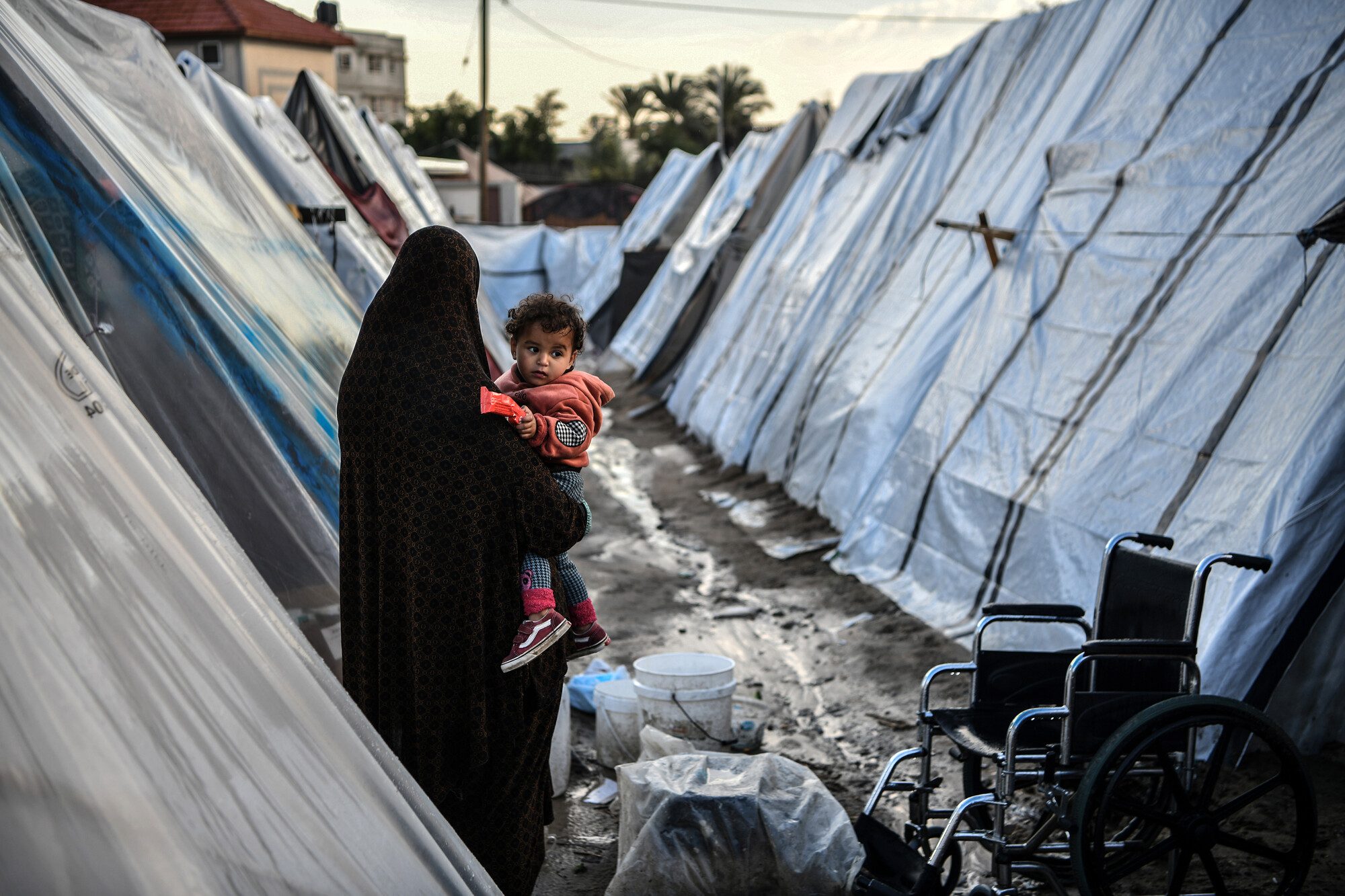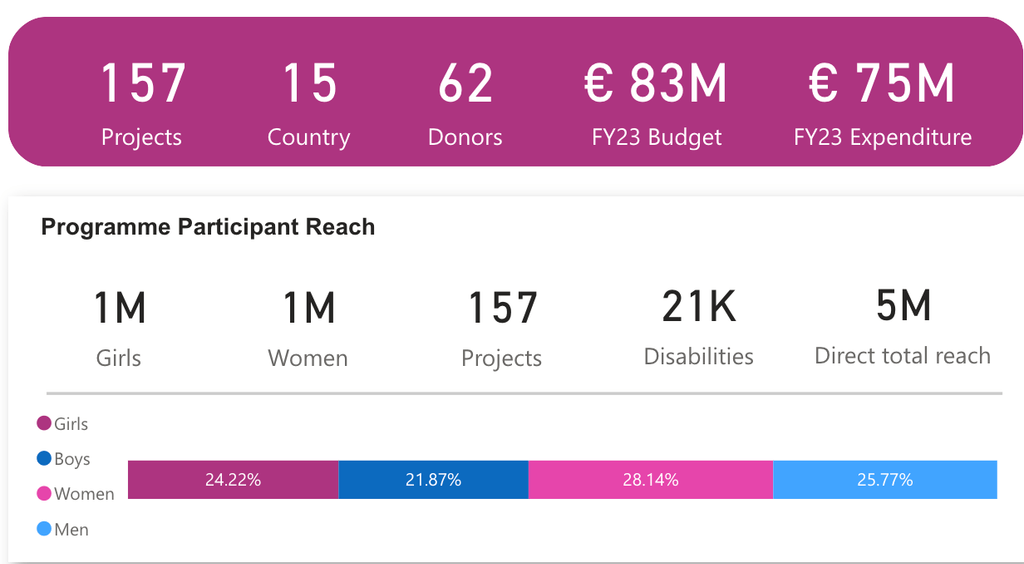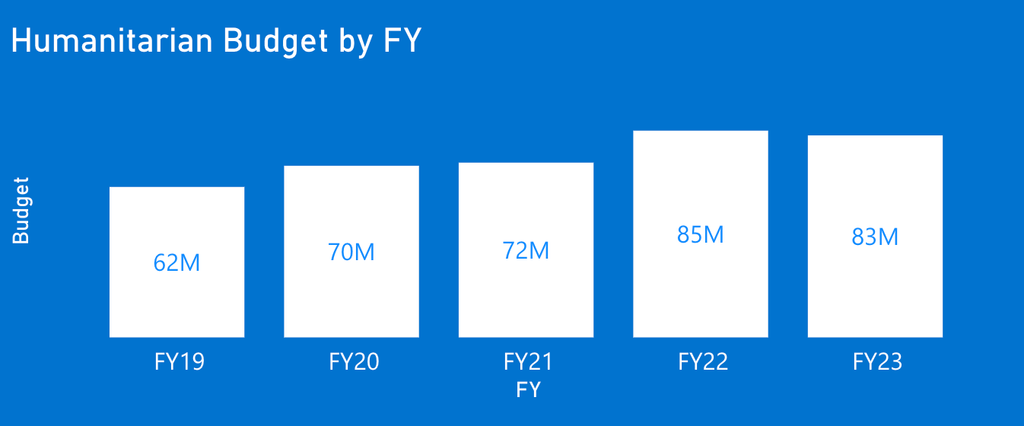Between fear and hope – Children of Sudan’s brutal war
After a recent visit to Chad, Dr Unni Krishnan, Plan International’s Global Humanitarian Director, blogs on the brutal impact of the war in Sudan and it’s ca…
Our goal is to respond to the needs of adolescent girls – who are among the most at risk when disasters strike – and work with communities and local volunteers in the Middle East and Eastern and Southern Africa to strengthen their resilience and dignity before, during and after crises.

Disasters, conflicts and disease outbreaks continue to threaten children’s lives, rights and prospects and damage the societies they live in.
Communities across countries in the region face the challenge of recurring climatic shocks, widespread food insecurity, and reduced access to livelihoods. These ongoing challenges, exacerbated by persistent conflict and resultant displacement, contribute to sustained humanitarian needs and ongoing complex emergencies.
Responding to the needs of adolescent girls – who are among the most at risk when disasters strike – is a key focus of our work. Our approach is built on universal human values and humanitarian principles.
We work with communities and local volunteers and strengthen their resilience and their dignity before, during and after crises.
In 2023, with a budget of 83 million euros, we undertook 157 projects in 15 countries responding to conflict, refugees, droughts, floods, food security, cyclones, earthquakes and disease outbreaks. Directly reaching 5 million people in our response efforts.

Working with local agencies, we carried out 55 child protection, 42 education and 42 cash and voucher programmes along with context-specific lifesaving core humanitarian assistance.
Our work will reach and benefit young women and girls, especially those living in fragile contexts, fighting injustice, or facing crisis. As we strive for lasting impact we will focus on girls’ rights and scale up our humanitarian impact.
Responding to the needs of adolescent girls – who are among the most at risk when disasters strike – is a key focus of our work.
In our efforts to become the leading organisation for girls facing crisis or disaster, we are enhancing our systems, processes, and ways of working so we can respond quickly and effectively to any emergency.
We are also adopting a humanitarian-development-peace nexus approach that will allow us to address both immediate challenges to girls’ rights and long-term issues of gender inequality in protracted crises and fragile contexts.
This approach has steadily seen us increase our regional emergency budget from 62 million euros in 2019 to 83 million euros in 2023

The main purpose of the centre is to promote consistent and high-quality programming, and position Plan International as a leading girl’s rights organisation in displacement settings.
This is done through;
The centre’s mandate covers internally displaced settings, refugees and any other crisis affecting girls.
In line with its strategic plan FY23-FY25, the centre provides support in countries within the region including Rwanda, Malawi, Tanzania, Uganda, Egypt, Ethiopia, South Sudan, Sudan, Jordan, Mozambique, Zambia, Lebanon, Somalia, Zimbabwe and Kenya.
The centre is hosted by Plan International Uganda with representation from our Jordan and Kenya country offices, our Australian, Belgian and German offices as well as our regional and global hubs.

Categories: Emergencies